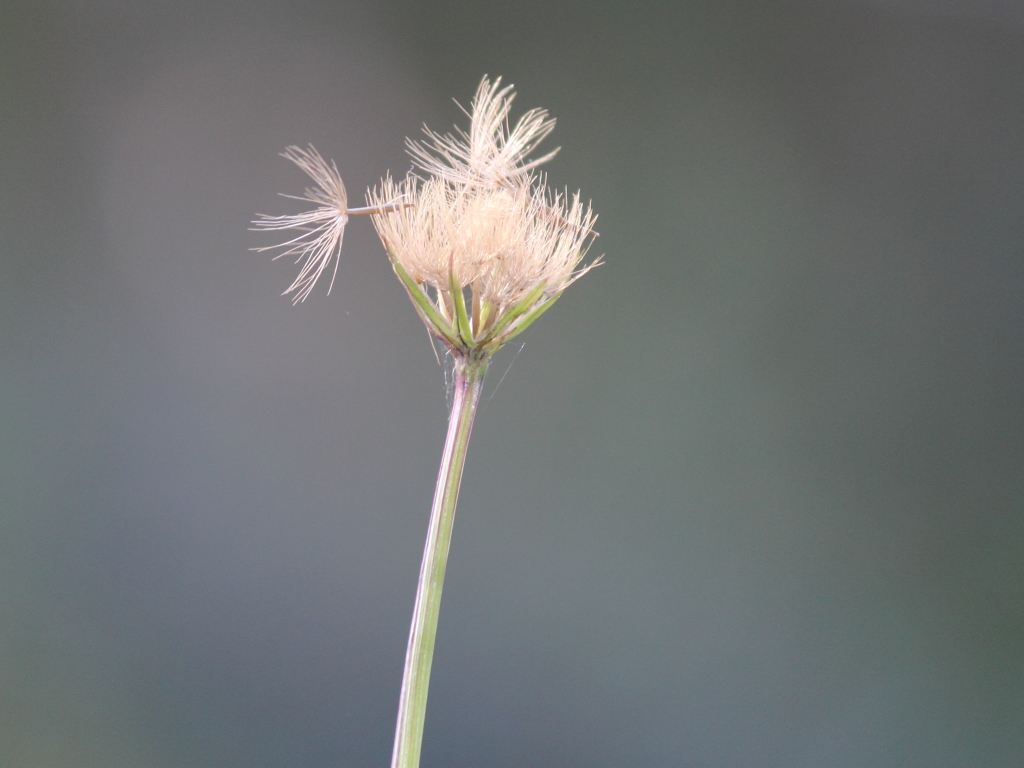-

Microseris lanceolata - yam daisy
-

Microseris lanceolata - yam daisy
-

Microseris lanceolata - yam daisy
A variable species found in southern Australia, it looks very similar to dandelions, even having a fluffy seed head which is dispersed by wind. It has a rosette of toothed long and narrow leaves, yellow flowers from spring to autumn, and edible tuberous roots. The roots are roasted before eating, and can also be eaten raw. The plant is quick growing, and likes full sun to part shade. Will do well in most soil types, and while it is drought and frost tolerant, good care will ensure better growth.
Propagation is by seed, which germinate in a couple of weeks, old seed (over 6 months old) has a much lower germination rate. Sow in autumn to early winter, as hot weather limits germination, and sow on the soil surface as darkness limits germination. A small sprinkle of sand or seed raising mix over the top of the seed will help it not be blown away. Alternatively, push seed down into soil with the fluffy top (the pappus) exposed on the soil surface. Keep moist until germination.
